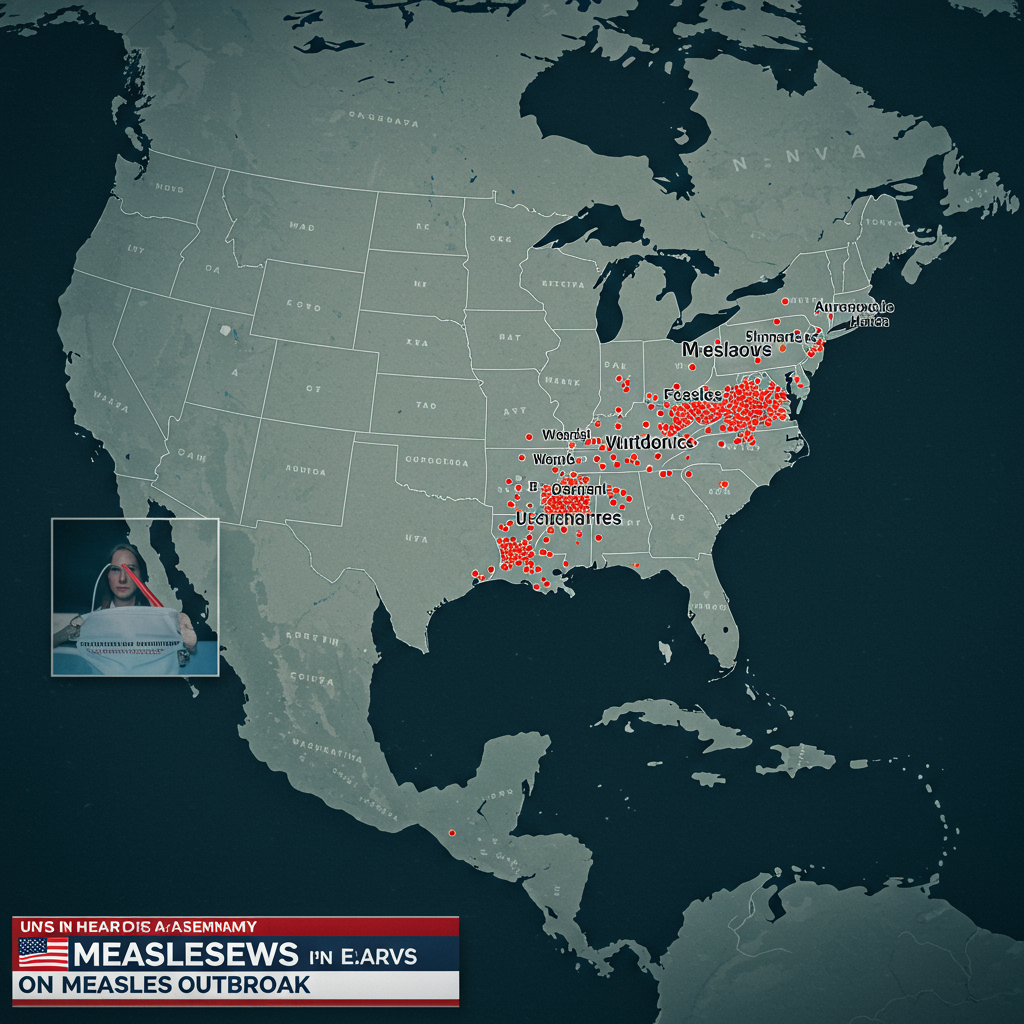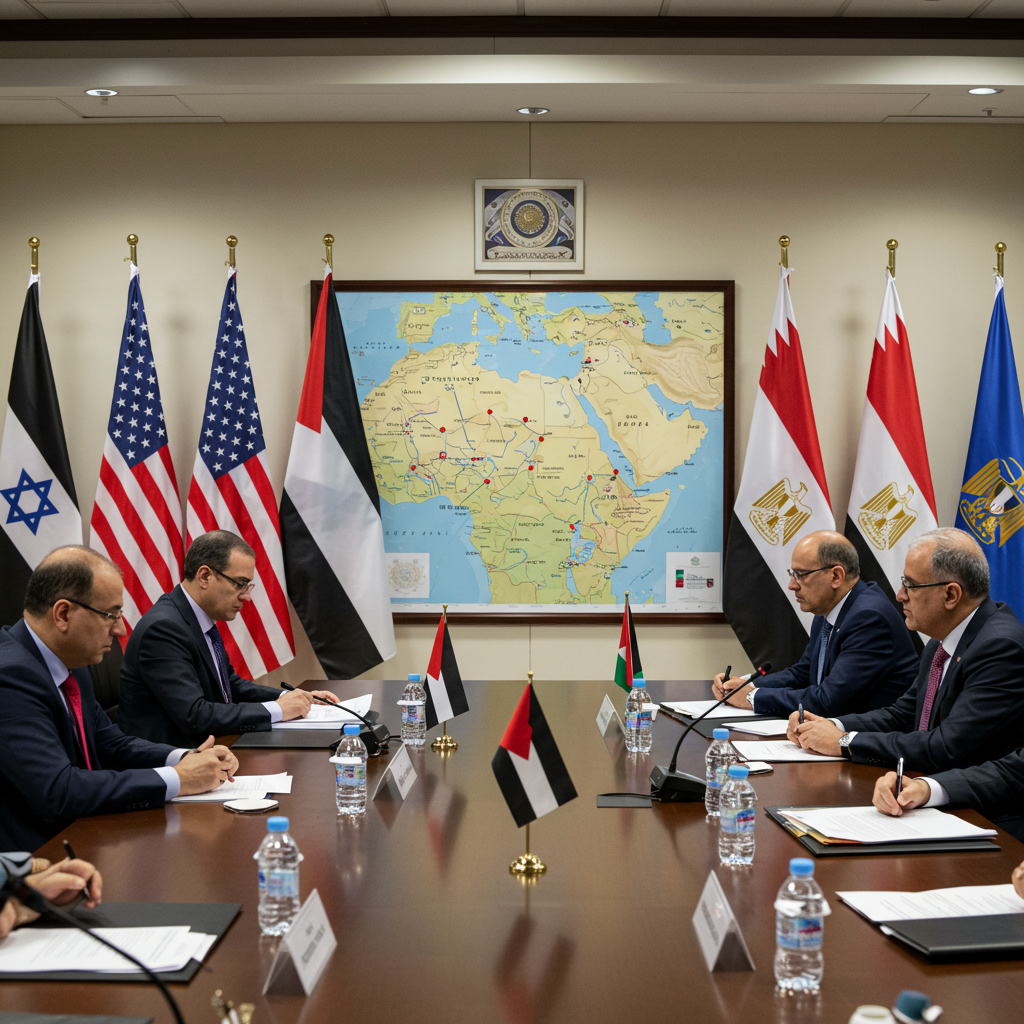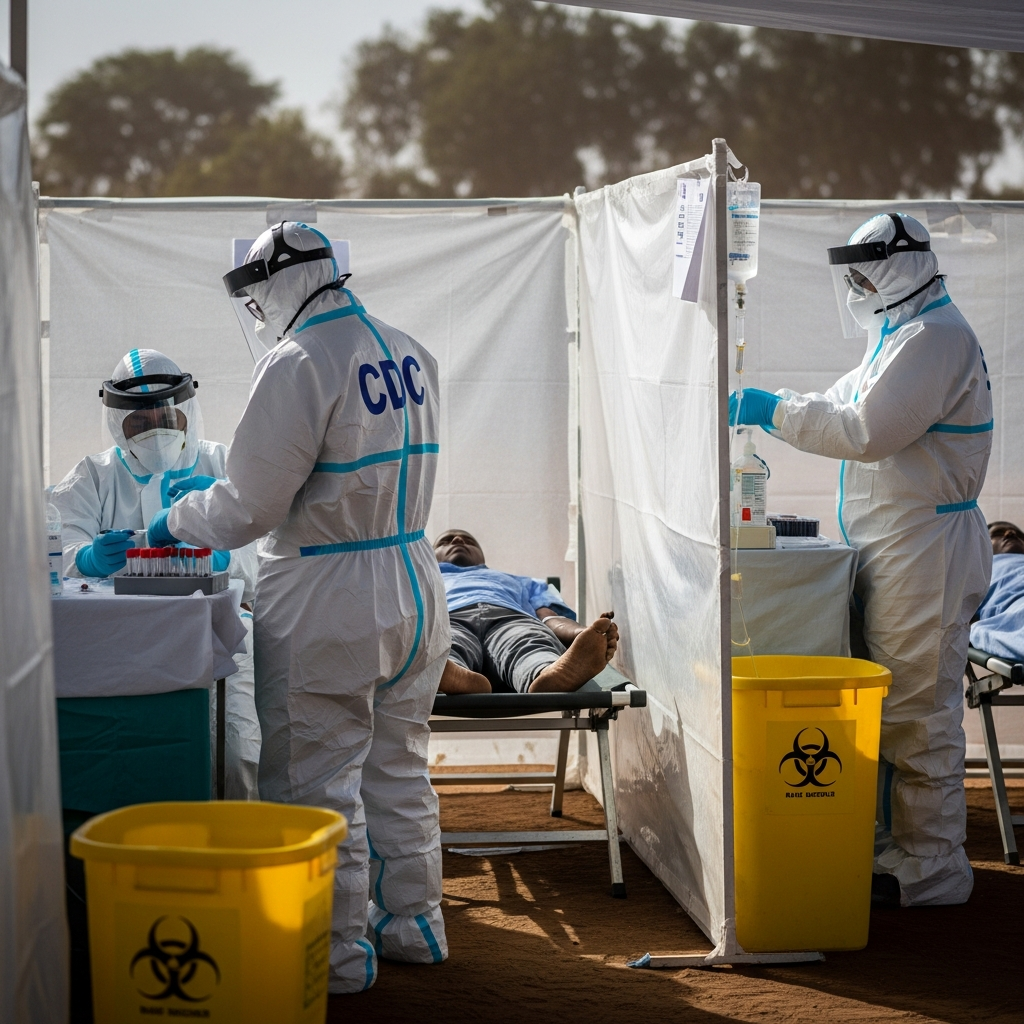In a high-stakes encounter highlighting pressing global and domestic issues, U.S. president Donald trump hosted Israeli Prime Minister Benjamin Netanyahu for a significant dinner at the White House on Monday, July 7, 2025. The meeting unfolded against the critical backdrop of ongoing, complex negotiations aiming to broker a ceasefire and hostage release deal in the Gaza Strip. While the leaders aimed to project unity and success, the persistent 21-month conflict in Gaza and other multifaceted challenges facing both nations loomed large over their discussions. The wide-ranging agenda underscored the intricate web of foreign policy, economic strategy, and domestic concerns the Trump administration was simultaneously navigating.
High-Level Talks Address Gaza Conflict and Ceasefire Prospects
The central focus of the Trump-Netanyahu meeting was undoubtedly the enduring conflict in Gaza and the intense diplomatic efforts to secure a cessation of hostilities. As families of hostages held in Gaza converged on Washington to press for the unconditional release of all remaining captives, the urgency of the situation was palpable. Negotiations centered around a proposed 60-day truce that would facilitate the staged release of some hostages – specifically, ten living Israelis and the remains of 18 others – in exchange for an unspecified number of Palestinian prisoners and a substantial increase in humanitarian aid flowing into the besieged territory.
President Trump expressed optimism regarding the ceasefire talks, stating there was “no holdup” and that progress seemed promising. Prime Minister Netanyahu affirmed his commitment to pursuing a deal under specific terms relayed to his delegation in Qatar, emphasizing that no agreement would permit the continued presence of Hamas in Gaza. The future governance of Gaza post-conflict, referred to as the “day after,” remained a key point of contention in negotiations. Both leaders opposed any scenario allowing Hamas to retain power, seeking alternative governance structures, potentially involving local officials unaffiliated with militant groups or the Palestinian Authority.
The Complexities of Securing a Truce
While both sides reportedly saw potential in the proposed deal, significant obstacles persisted. A primary sticking point, recurring in previous failed negotiation rounds, involved Hamas’s demand for guarantees that any truce would unequivocally lead to a permanent end to the war. Israel, conversely, was hesitant to commit to language that could restrict its freedom of military action in the future.
Discussions also touched upon the potential relocation of Palestinians from Gaza to aid rebuilding efforts, a concept Netanyahu indicated Israel was exploring with the Trump administration and other nations willing to accept refugees. This sensitive issue, along with disagreements over the distribution of aid and the role of organizations like the controversial Gaza Humanitarian Foundation (GHF) versus the U.N. and other international bodies, added layers of complexity to the indirect proximity talks taking place in Doha. U.S. Special Envoy Steve Witkoff’s planned trip to Doha signaled the need for higher-level U.S. engagement to bridge these remaining gaps.
Regional Security and Shifting Alliances
Beyond Gaza, the leaders addressed broader regional security dynamics, including the recent aftermath of the 12-day conflict between Israel and Iran. President Trump referenced the U.S. strikes on Iranian nuclear facilities the previous month, claiming they had significantly weakened Iran’s capabilities. He suggested that Iran was “not the bully anymore” in the Middle East following the strikes. Trump also floated the possibility of lifting sanctions on Iran at the “right time” to facilitate peaceful rebuilding, though Special Envoy Witkoff indicated scheduled meetings with Iranian officials were still weeks away, suggesting a formal agreement might still be on the table despite Trump’s comments about its reduced necessity.
The aspiration to expand the Abraham Accords, which normalized relations between Israel and several Arab nations during Trump’s first term, also featured in the discussions. This goal, seen as integral to Trump’s regional endgame, requires buy-in from influential Arab states, particularly Saudi Arabia, many of which conditioned normalization on progress toward a resolution for the Palestinians, often including a role for the Palestinian Authority in Gaza governance – a concept Israel has historically resisted.
U.S. Foreign Policy Beyond the Middle East
The White House meeting also served as a platform for President Trump to address other critical elements of his administration’s foreign policy agenda. Unexpectedly, Trump announced the immediate resumption of U.S. weapons shipments to Ukraine. This decision came just days after reports indicated the Pentagon had paused deliveries to review existing U.S. stockpiles. Trump cited Russia’s intense pressure on Ukraine, stating they needed “more weapons, defensive weapons, primarily” for self-defense.
Simultaneously, the administration was making significant moves in other regions. Secretary of State Marco Rubio was preparing for his first official solo trip abroad, heading to Malaysia for a regional security conference focused on the Indo-Pacific and countering China’s growing influence. In another notable foreign policy shift, the Trump administration decided to revoke the terrorism designation for Syria’s al-Nusrah Front (Hayat Tahrir al-Sham) as part of broader engagement with the new Syrian government after Bashar Assad’s ouster.
Economic Policies and Trade Tensions
Economic policy, a cornerstone of Trump’s platform, was also prominently featured in the day’s announcements. The administration revealed a delay in the deadline for tariff negotiations with several trading partners, pushing the potential implementation of higher tariffs from July 9 to August 1. This move was framed as an effort to allow more time to finalize trade deals, following Trump’s claim that his earlier promise of “90 deals in 90 days” was “all done.”
Letters were reportedly sent to a dozen countries, including Japan and South Korea, warning of potential import taxes ranging from 25% to 40% if new agreements weren’t reached by the revised August 1 deadline. This aggressive stance drew implicit criticism from the BRICS bloc of developing nations, which, meeting in Brazil, condemned the rise of tariffs as inconsistent with WTO rules and a threat to global trade, although they refrained from directly naming the U.S. or President Trump.
Domestic Agenda and Legal Battles
Beyond the high-profile foreign policy discussions, the administration commented on various significant domestic issues and ongoing legal challenges. White House Press Secretary Karoline Leavitt addressed the devastating flooding in Texas, confirming President Trump planned to visit the disaster area later in the week. She defended the administration against suggestions that cuts to the federal workforce, driven by the Department of Government Efficiency, had hindered the federal response, calling such claims “depraved lies.”
Several legal battles involving the administration were also highlighted. Planned Parenthood filed a lawsuit seeking to block a provision in the recently signed tax and spending cut bill that would halt Medicaid payments to abortion providers for one year. Separately, federal judges issued temporary blocks against Trump administration actions concerning AmeriCorps grants and staff cuts, and also reinstated union workers who had been placed on administrative leave as part of federal workforce reduction efforts.
Changes to the Public Service Loan Forgiveness program were also in the works, sparking concerns that proposed criteria for excluding organizations involved in “illegal activities” could be broadly interpreted to target groups based on subjective political definitions, potentially impacting entire hospital systems or state governments.
The California Department of Education and Interscholastic Federation rejected the Trump administration’s recommendation to apologize and reinstate awards to girls who lost sports titles to transgender athletes and to notify schools that Title IX prohibits transgender girls from competing in girls’ sports. The administration had threatened “imminent enforcement action” if California did not change its policies.
Nobel Nomination and Political Theater
In a moment that garnered significant attention, Prime Minister Netanyahu publicly nominated President Trump for the Nobel Peace Prize during their meeting, presenting him with a copy of the official letter sent to the Norwegian Nobel Committee. Netanyahu cited Trump’s role in facilitating the Abraham Accords and, notably, his decision to authorize the recent strikes on Iranian nuclear sites as justifications for the “well-deserved” honor. This followed a similar nomination by a U.S. Congressman the previous week, also referencing Trump’s involvement in brokering a ceasefire between Israel and Iran.
The meeting also included more informal moments, such as Trump’s casual mention of his plan to host a UFC match at the White House grounds for the 250th anniversary of American independence and commentary on his administration’s major tax and spending cut bill, which he branded the “One Big, Beautiful Bill,” acknowledging its potential political vulnerabilities ahead of the 2026 midterms. The meeting even touched upon Trump reigniting his feud with Elon Musk over Musk’s potential third-party political ambitions and Trump’s public support for Brazil’s former president Jair Bolsonaro against what Trump termed a “WITCH HUNT.”
Frequently Asked Questions
What key issues were on the agenda for President Trump’s meeting with Israeli Prime Minister Netanyahu?
The meeting primarily focused on advancing a ceasefire and hostage release deal in Gaza and discussing the future governance of the territory (“the day after”). Broader regional security topics were also covered, including the aftermath of recent U.S. strikes on Iranian nuclear sites, potential U.S.-Iran talks, and efforts to expand the Abraham Accords. Domestic issues like U.S. weapons shipments to Ukraine, trade tariffs, and various administration policies were also announced or discussed around the time of the meeting.
What is the latest status of the proposed Gaza ceasefire deal discussed during the White House meetings?
As of the meeting date (July 7, 2025), a specific ceasefire proposal involving a 60-day truce, phased hostage and prisoner releases, and increased humanitarian aid was under consideration. U.S. officials indicated that Israel had largely agreed to the terms, while Hamas saw potential but had unresolved issues, particularly regarding assurances that the truce would lead to a permanent end to the war. Indirect talks were ongoing in Doha, with U.S. Envoy Steve Witkoff expected to join to help finalize an agreement.
Why did Prime Minister Netanyahu nominate President Trump for the Nobel Peace Prize at the meeting?
Prime Minister Netanyahu publicly nominated President Trump for the Nobel Peace Prize, presenting a copy of the letter sent to the Norwegian Nobel Committee. Netanyahu cited Trump’s leadership in brokering the Abraham Accords, which normalized relations between Israel and several Arab nations, and his decision to authorize recent U.S. strikes on Iranian nuclear facilities as key reasons for the nomination, calling it “well-deserved.” This nomination followed a similar one by a U.S. Congressman.
The White House dinner between President Trump and Prime Minister Netanyahu highlighted the critical juncture in Middle East diplomacy, particularly concerning the urgent need for a Gaza ceasefire. It also underscored the wide array of complex foreign and domestic challenges the Trump administration was grappling with, from trade tensions and global alliances to federal workforce policy and social issues, all competing for attention on the national and international stage. The meeting and surrounding events painted a picture of a busy administration navigating multiple crises and pushing forward a diverse agenda.



